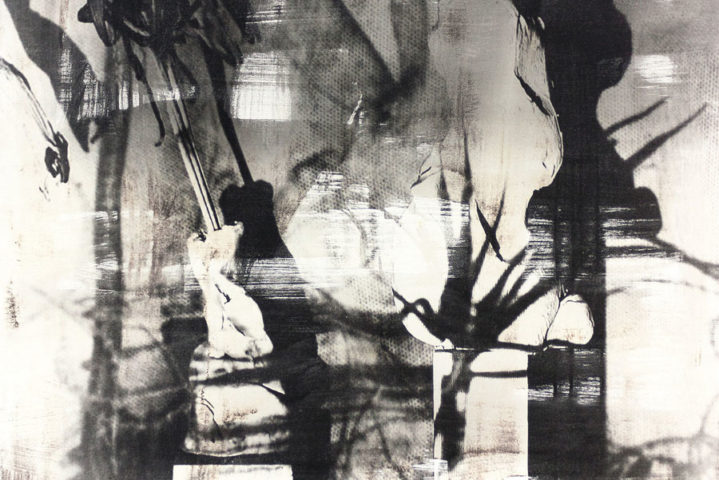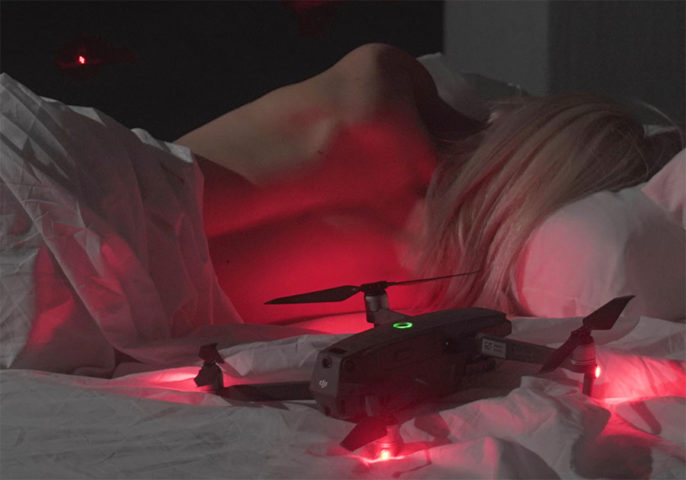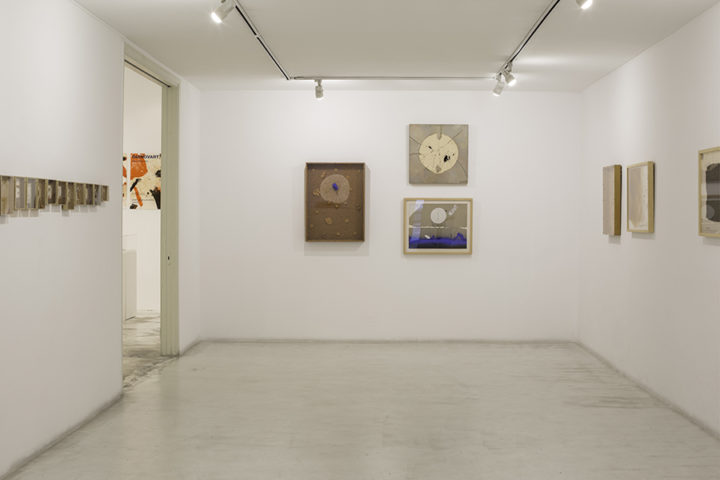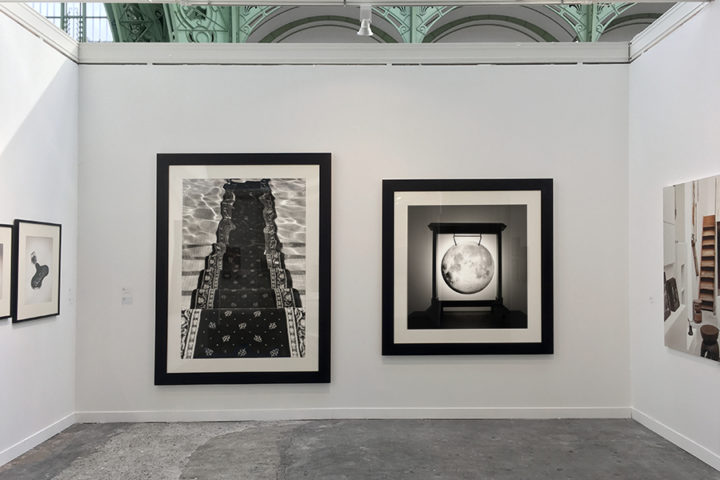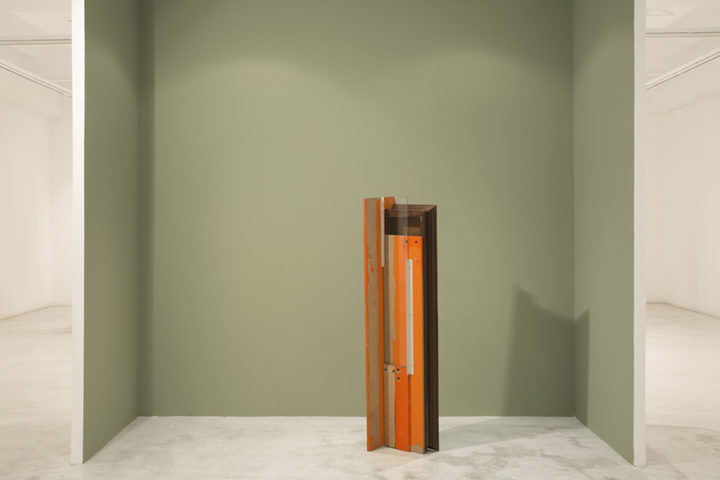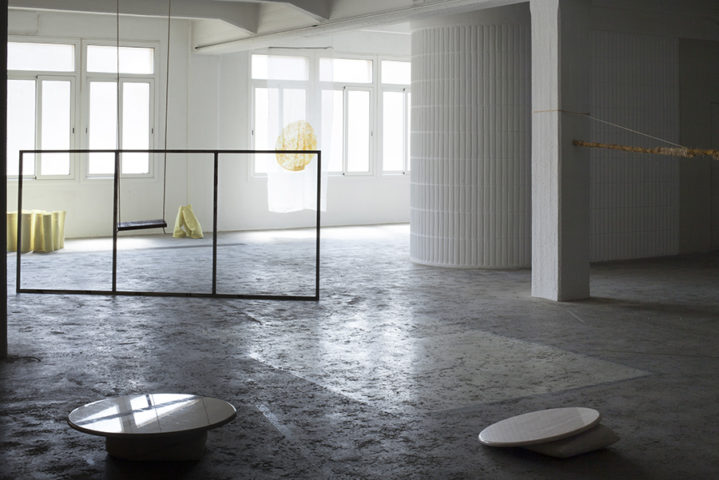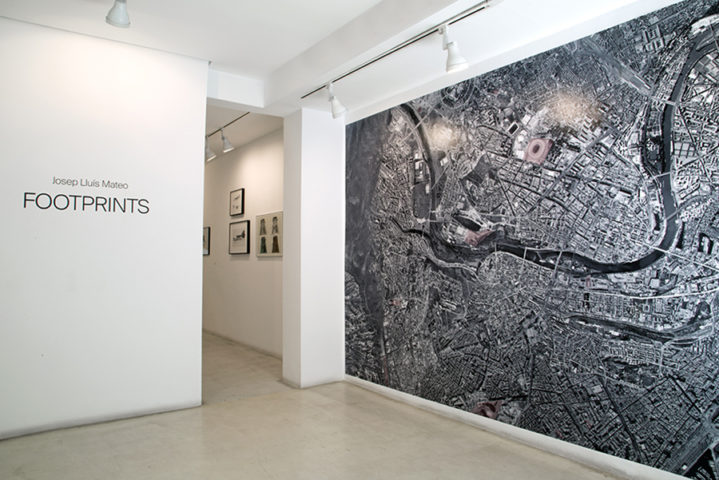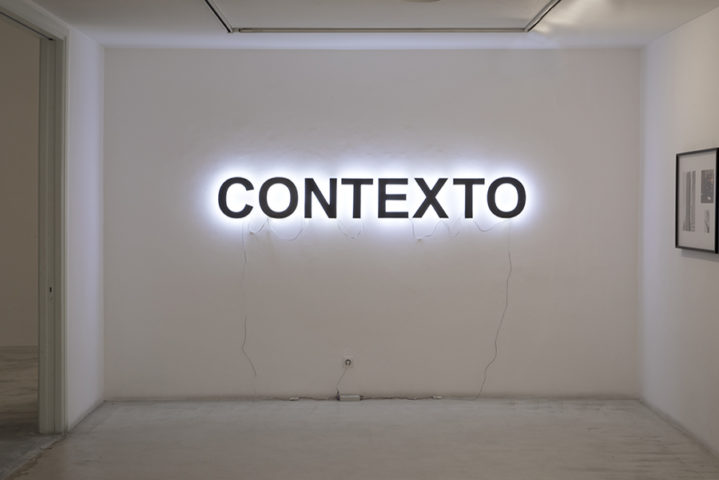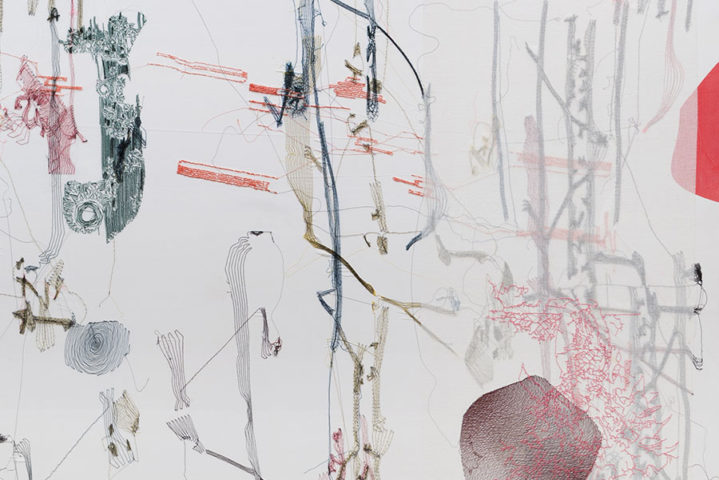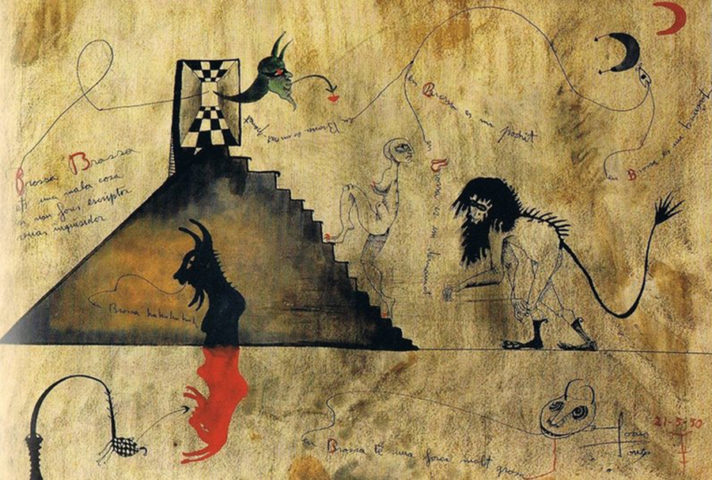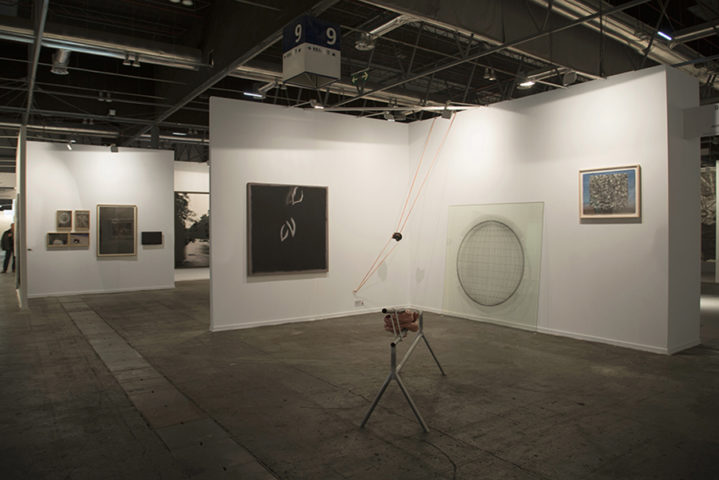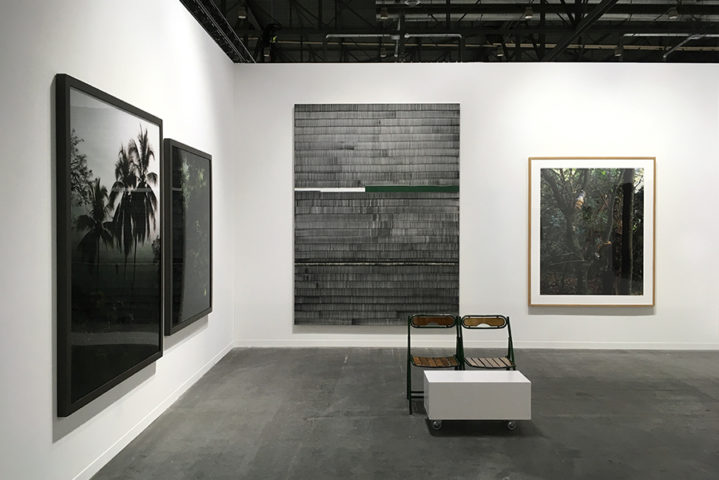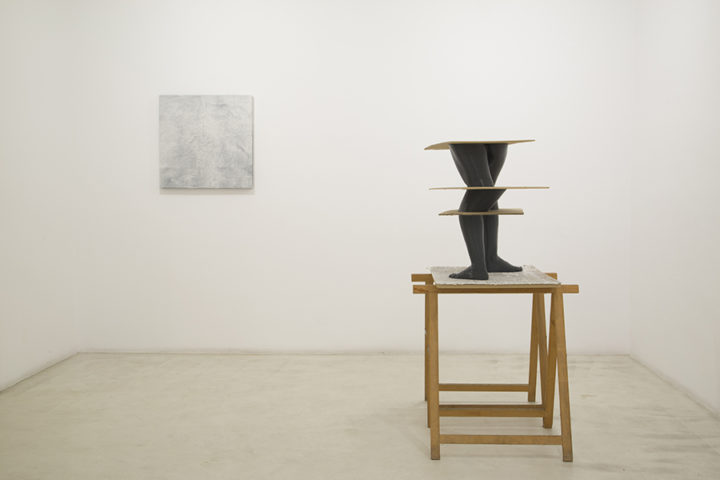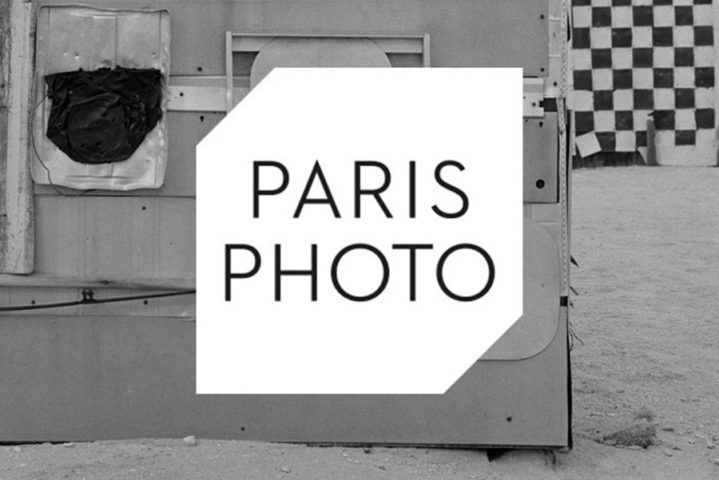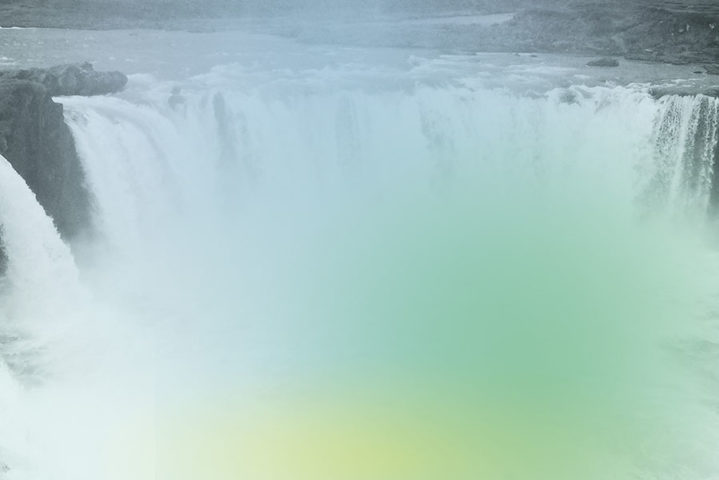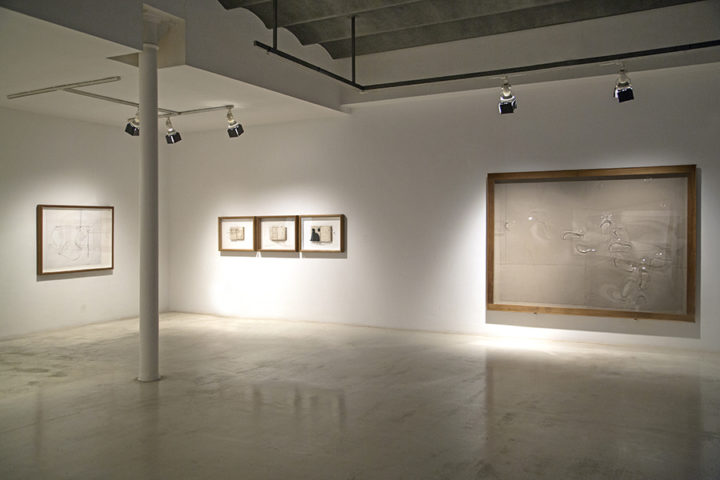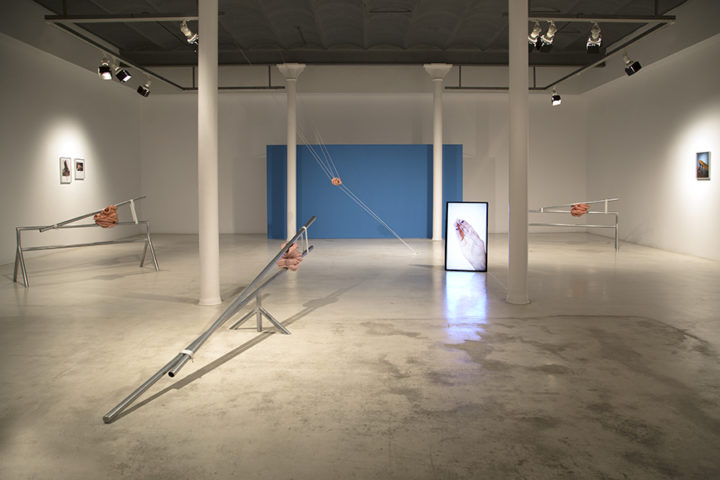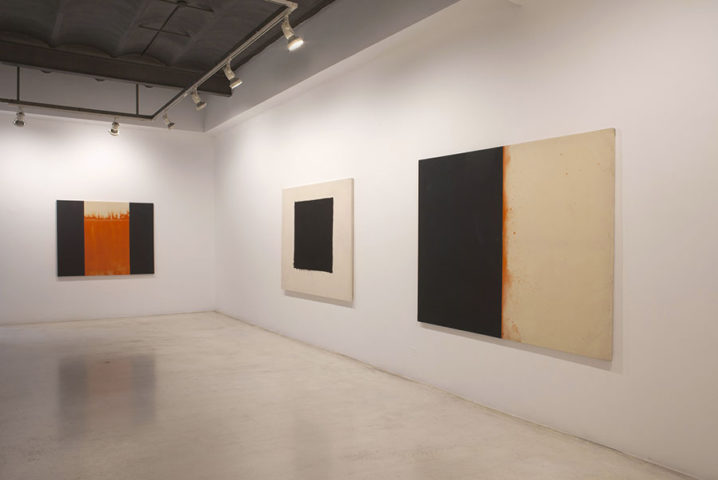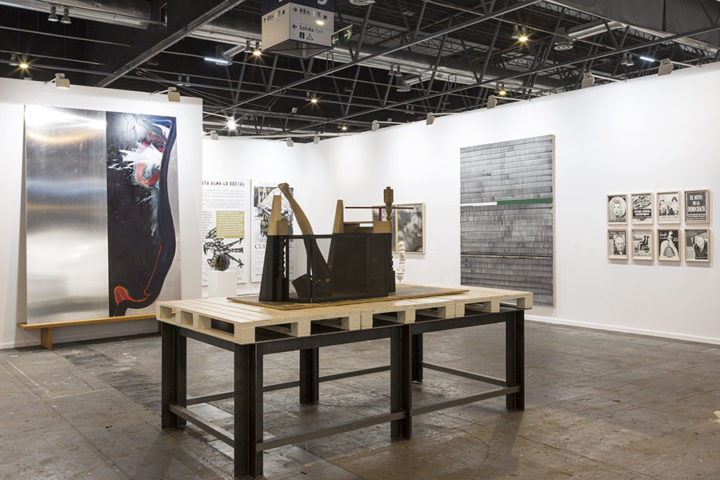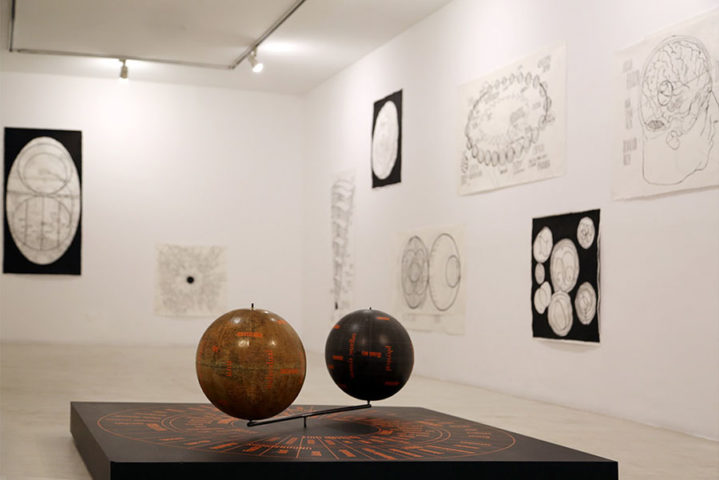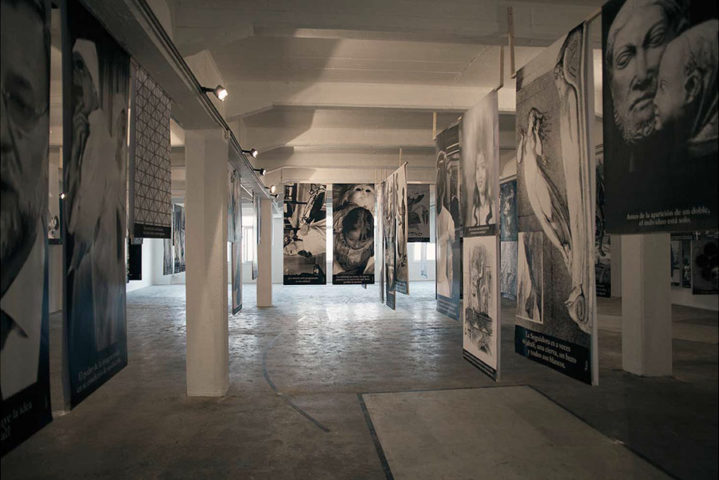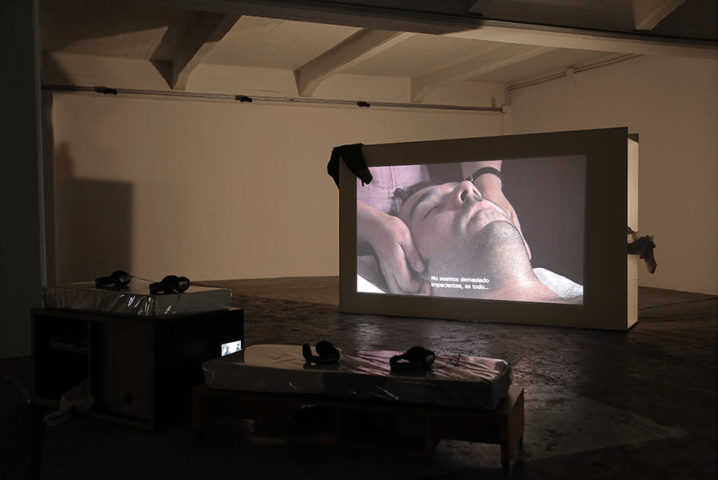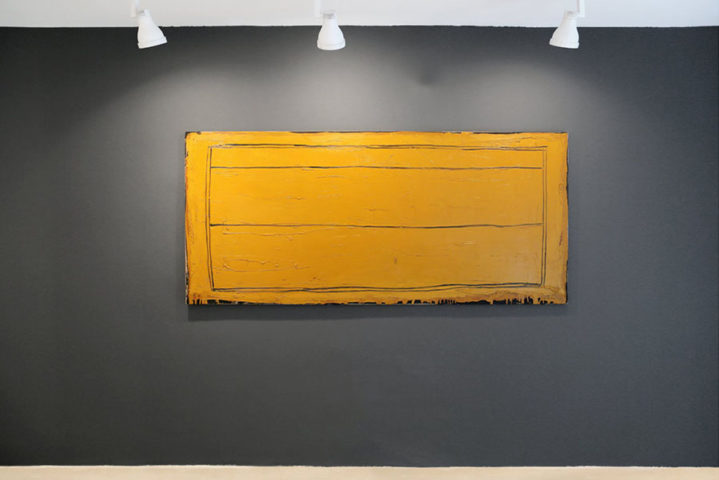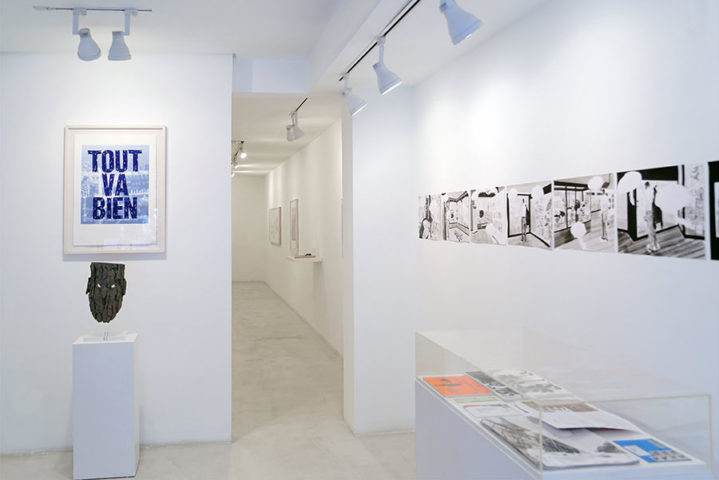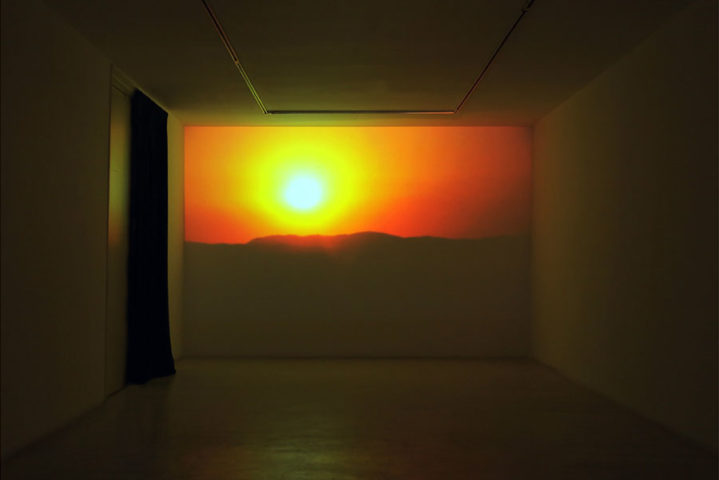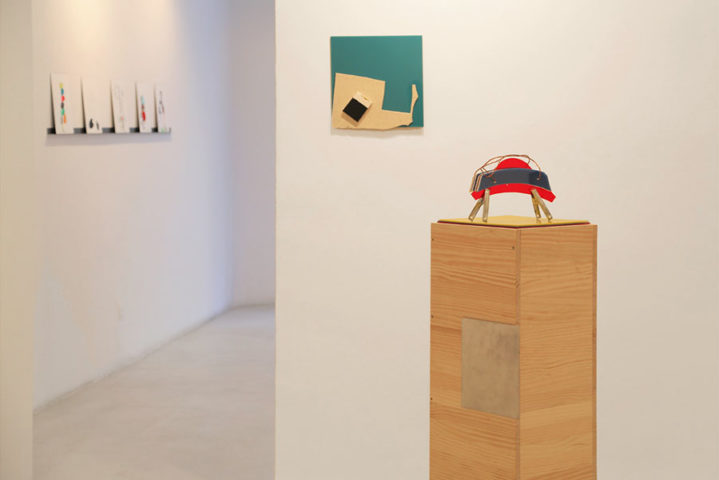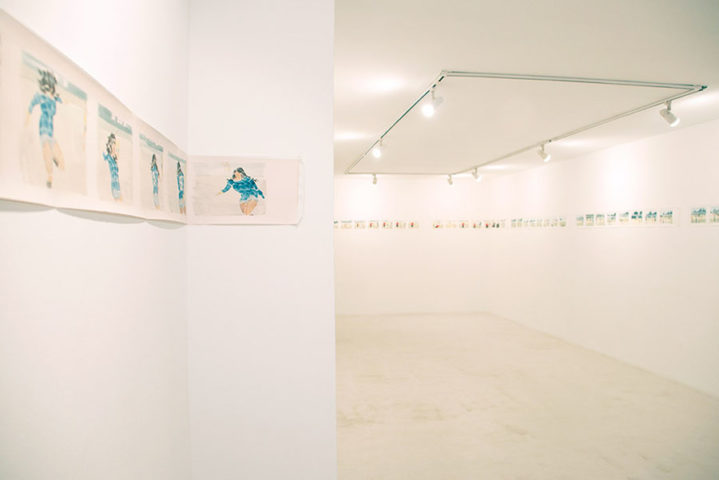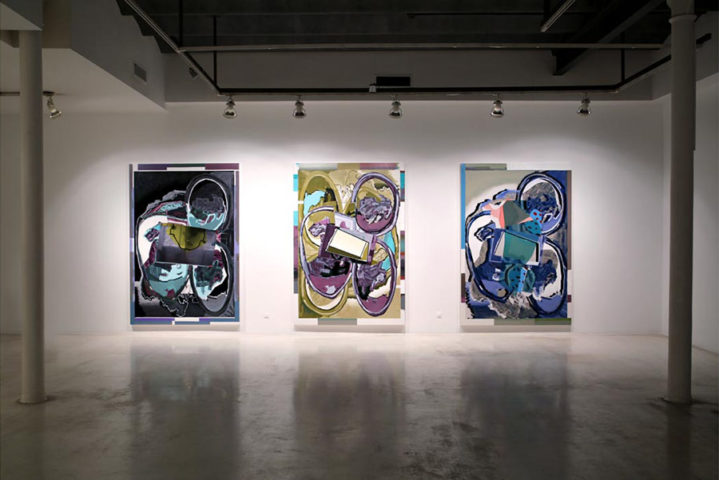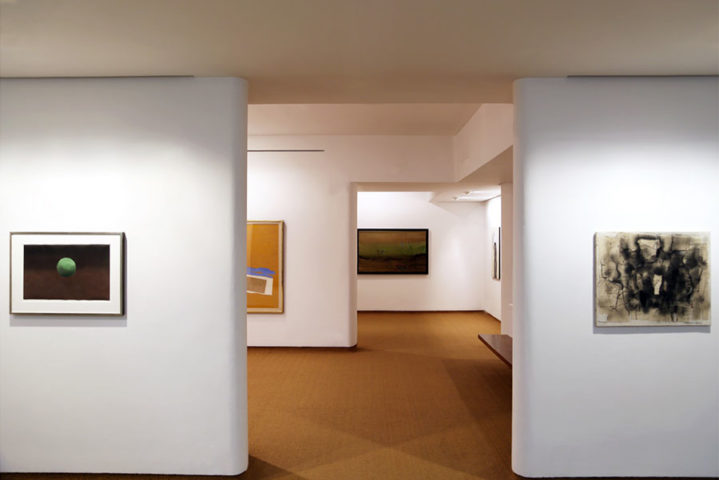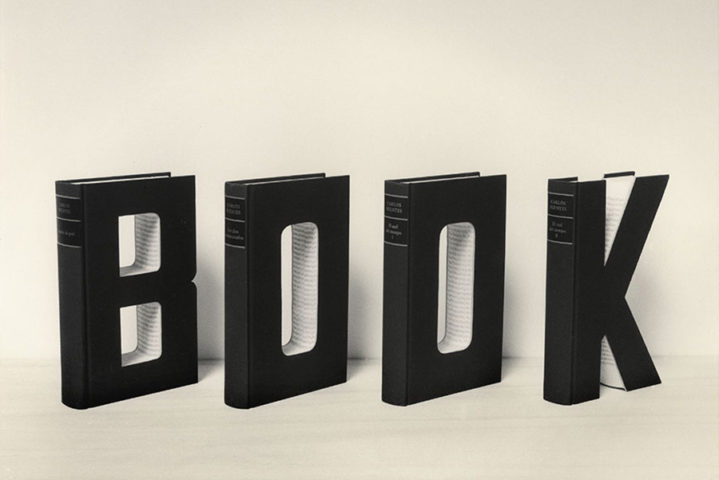Opening Thursday, September 5, 5.30 – 8.30pm
Exhibition 05/09 – 04/10/2019
Talk with Janosch Jauch and curators Gabriel Virgilio Luciani + Gisela Chillida: Friday 06/09, 7pm
As part of artnou, Galeria Joan Prats presents the work by Janosch Jauch (1985, Karlsruhe, Germany).
Janosch Jauch‘s works are developed through the process of bringing together photographic images of installations, digital interventions, and physical surfaces using photographic silver emulsion. This layering leads to a symbiosis of all of these production steps and thus to a work that, despite its diverse forms and materials, has become an image that is equally determined by all the techniques that went into its formation.
The delimitation of his work in the sense of production aesthetics accounts for a large portion of his intermedia art, which has as its central focus the experience of the open-ended piece. His works also project us to a universe where the artificial interferes with the natural.
Janosch Jauch (1985, Karlsruhe, Germany) lives and works in Düsseldorf, where he has been graduated in sculpture and painting at the Kunstakademie (2014), under the teaching of Georg Herold, Andreas Gursky and Ludger Schwarte.
He has shown his work at Bistrot21 (2018, Leipzig), Kunsthaus Essen (2019), Bistrot21 (2018, Leipzig), Storage Capacité (2018, Berlin), Swab (2018, Barcelona), Espositivo (2018, Madrid), Museum Kunstpalast (2013, Düsseldorf), among other places.
To provide you with more information and images, please contact galeria@galeriajoanprats.com
